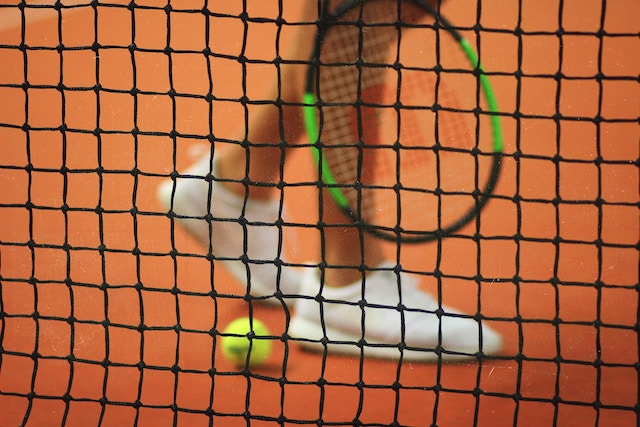
As a cultural phenomenon, Wimbledon far transcends those who are avid tennis fans. For many, the tournament has been capturing the attention of people from all walks of life and athletic interests since its inaugural season in 1877, with no sign of interest slowing down anytime soon!
How is this possible, though? How can something so consistent and similar continually re-invent itself and keep people coming back each year as enthused as ever?
Wimbledon’s success can likely be attributed to its ability to progress with the changing pace of technology and not against it. The US tech company IBM knows this well, having over 20 years of experience working with the tournament.
One of the most important aspects of the tournament is broadcasting and streaming. For those who aren’t able to make it to Wimbledon, being able to watch it on television and through the internet no matter where in the world they are.
Backstage during the tournament, there is a huge monitor listing all of the statistics surrounding the data occurring on all 18 courts. This information is fed to commentators and broadcasting companies so they can understand what is happening, subsequently sending the information on to consumers.
For many, this takes the form of streaming or television, but in recent years it has even gotten as complex as sending text messages to people who want updates on the games. Through this method, even the most interested tennis fans don’t have to worry about falling behind because of a shift at work or a commute home!
A really groundbreaking element of the technology utilized by IBM to monitor Wimbledon is an AI-powered video automation service which can recognize the moods that players are exhibiting and also create dynamic presentations easily. The most impressive part about this? The turnaround time for videos has gotten as quick as 15 minutes, meaning that fans or people not at the games can watch highlight reels with only a slight delay after the games happen. That is an unprecedented amount of efficiency for sports coverage, something that is helping re-define the way we view sports reporting in general.
Tennis will always be a sport that relies on simply a racquet, court, and ball, but the technology we use to document it will continue to evolve and help introduce many more people to the wonderful sport for years to come.